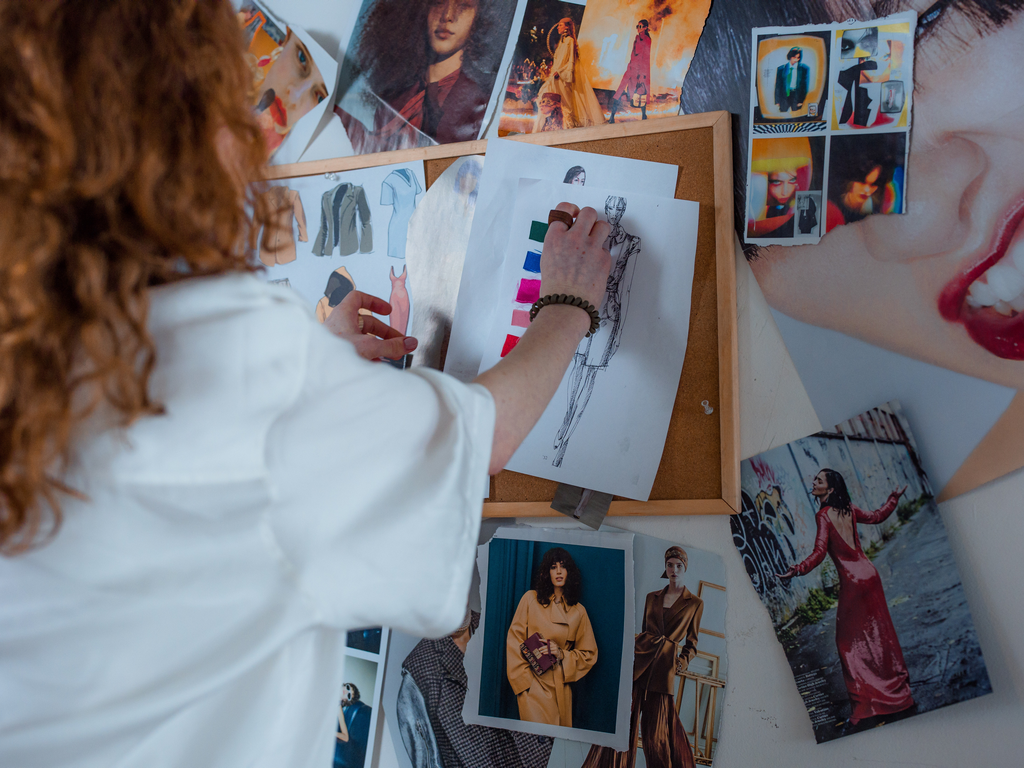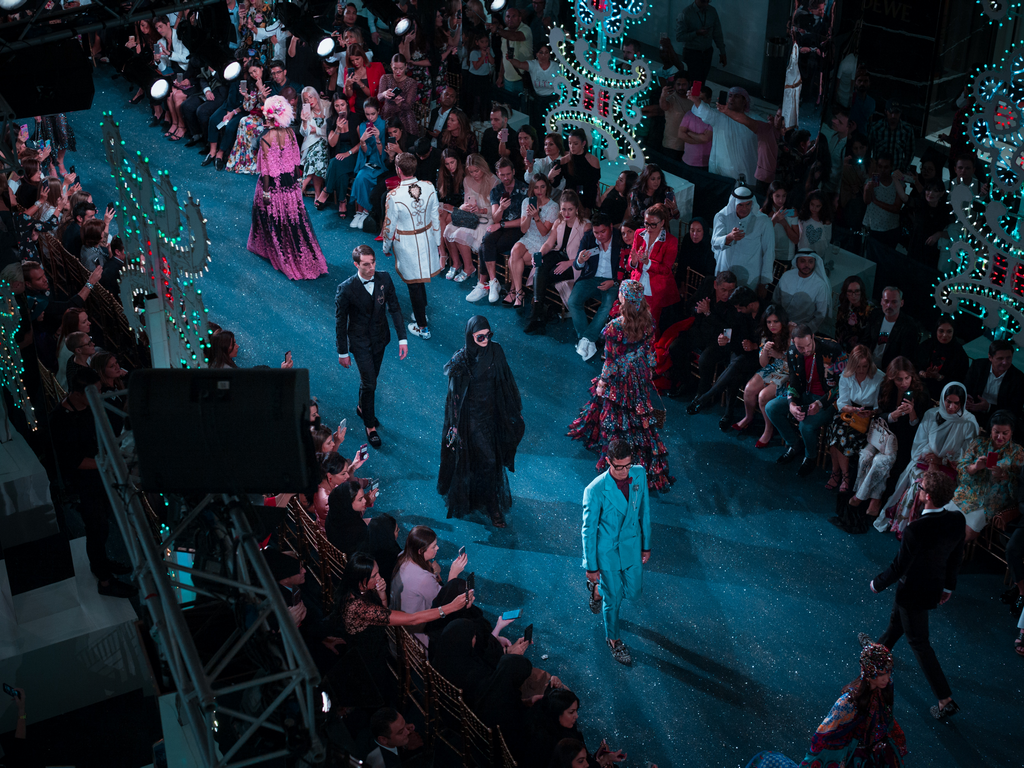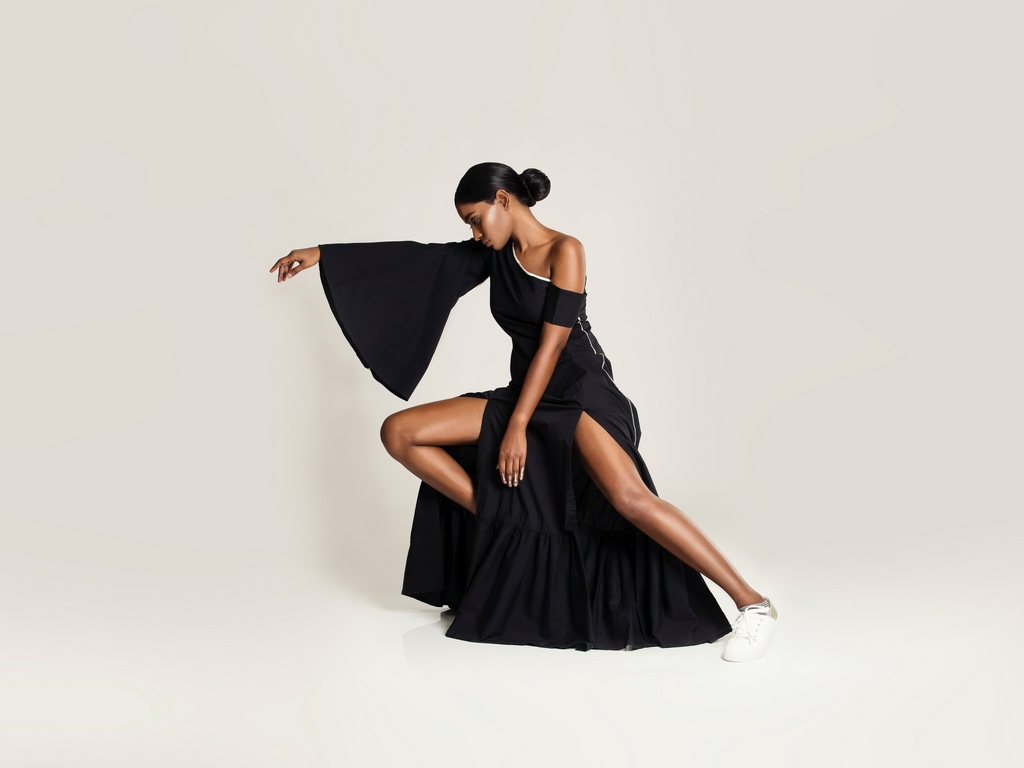Evolution of the Fashion Career
06/12/2023 2023-12-06 15:48Evolution of the Fashion Career
With the emergence of technology, the traditional fashion career is making way for more roles in the industry and offers a wide range of job prospects. Thus, there is an ever-growing demand for career enthusiasts in this field. From a personal stylist to a fashion designer, this demanding, competitive, and dynamic industry has a variety of various perspectives and prospects to offer. Take a look at the evolution and its effect on career opportunities in fashion industry.
Evolution of a Career in Fashion Designing

Fashion design has a rich and long history and has changed over the centuries to reflect societal, cultural, technological, and political shifts.
The 21st century sees a continued evolution and change in fashion. By utilizing new materials and technology to produce cutting-edge designs, designers like Alexander McQueen, Stella McCartney, and Raf Simons push the limits of what is possible in fashion design.
We are witnessing the evolution of a career in fashion technology. Fashion designers now have access to various digital tools and technology that have completely changed the creative process, including digital prototyping, virtual reality and 3D printing.
Additionally, sustainability is shown of great importance in the industry, and many designers are integrating recycled materials and eco-friendly procedures in their collections.
As a result, the demand for ambitious fashion designers has skyrocketed, career opportunities are unlimited, and today’s prospective fashion designers can access various job options.
Fashion design is a popular professional choice today. If you’re wondering how to start career in fashion designing, several institutions have emerged and are now offering courses in various fashion-related fields. You can work with designers, be a stylist, or work in merchandising if you wish to pursue a fashion merchandising career; the options are endless!
Evolution of a Career in Fashion Modelling

The fashion modelling career has significantly evolved over time. In the early years, models were referred to as “mannequins”, and there were very few professional options for them. Models were used for advertisements, product catalogues, magazines and newspapers.
In the mid-20s, there was a rise in haute couture. John Powers established the first modelling agency in New York City in 1923, giving models more career opportunities. Models like Twiggy and Dovima became household names and worked for major fashion houses.
During the 1980-the 90s, the industry saw the emergence of the supermodel era with models like Shalom Harlow, Yasmeen Gauri and Naomi Campbell. They developed close relationships with designers and were known now only for their beauty but their professionalism, personality and charm.
In the 21st century, the internet completely transformed the fashion world. Social media have created new opportunities. It has allowed for the acceptance of inclusivity, and diversity and models can create their personal brands.
A new breed of models has developed in the form of influencers and bloggers, with brands frequently favouring models with sizable social media followings.
Evolution of Career in Fashion Communication
Early fashion communication strongly emphasised public relations and fostered a favourable perception of fashion brands. Getting media attention for fashion firms and their products meant cultivating connections with journalists and editors.
In the mid-20th century, fashion journalism grew in popularity, fashion communication started to emphasise editorial content and storytelling, and fashion journalists and writers rose to prominence in the sector.
The 21st century has seen a transformation due to the digital revolution. Brands use social media channels like Instagram, Facebook, and Twitter to interact with their customers and advertise their products, and it has become a crucial platform for fashion communication.
Brands can now tell stories and interact with their consumers in fresh, innovative and creative ways thanks to digital content like podcasts, blogs, and videos.
Evolution of Career in Fashion Marketing
The fashion media landscape was very traditional. Fashion magazines published worldwide were supported by advertising from big fashion brands, and the media covered fashion news mainly from an editorial and journalistic perspective.
The 20th century saw a rise in mass media, and fashion marketing made a shift toward advertising and promoting through billboards, TV and radio. This allows brands to conduct marketing campaigns on a larger scale and tap into a wider audience.
In the 21st century, social media plays a big role in fashion marketing. Brands now collaborate with fashion influencers and bloggers to promote and sell their products.
Moreover, fashion marketing has evolved over the past few years to become more data-driven, with firms utilizing consumer data and analytics to understand their target audience better and develop more successful marketing strategies.
As a result, new technology, such as AI and machine learning, is now used to enhance client engagement and optimise marketing campaigns.
Fashion marketing also promotes ethical sourcing and sustainable products that are cruelty-free, natural and vegan. Consumers are increasingly looking for environmentally and socially responsible products, and brands are now highlighting their marketing efforts in line with sustainability and ethical production practices.
Evolution of Career in Fashion Photography

Fashion photography, as it is known today, began to take shape in the early 20th century. During this time, fashion photographers anonymously worked for magazines and other publications.
Around the 1940s, fashion photography became more accepted as a career and started to be used more and more in advertising. Later, the post-war era in the 50s-60s witnessed a new generation of photographers who brought in a more expectative and modern approach.
From the 70s to the 90s, there were significant changes in fashion photography.
Photographers were pushing the boundaries of acceptable expression of sexuality and creative freedom. The 80s saw many iconic supermodel photos whose fans would hang posters of them in their bedrooms.
Now, the landscape of fashion photography has been transformed by digital photography and the utilization of various tools, techniques and software. It constantly evolves to keep up with the times and has become a separate industry due to its glamorous image and commercial importance.
Conclusion
There is no better time to choose fashion for individuals still debating their career paths. Select a reputable school that will teach you the ins and outs of fashion, like JD School of Design, and get started today on the path of your fashion career!













